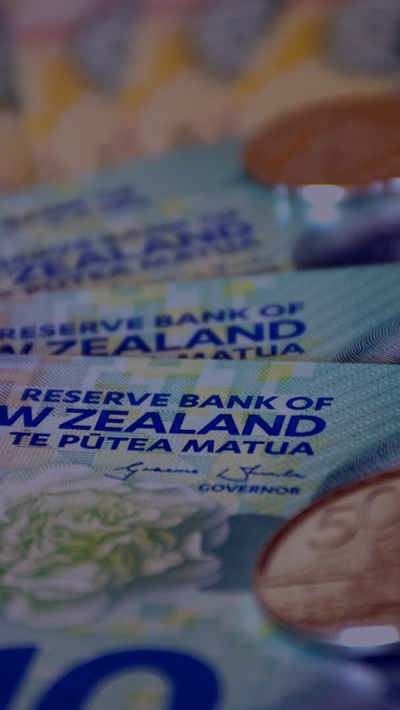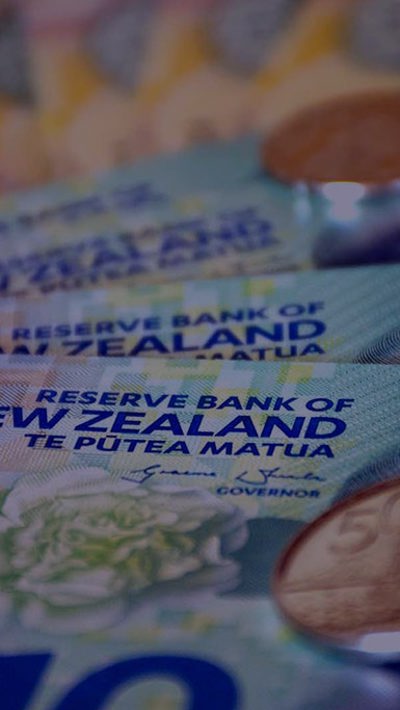Contents
The Ministers of Finance and Commerce and Consumer Affairs have announced a range of changes to the arrangements applying to KiwiSaver default funds, including an exclusion of investment in fossil fuels.
KiwiSaver default fund providers are appointed by the Minister of Commerce and Consumer Affairs for a fixed term, which will expire on 30 June 2021. The nine current providers are AMP, ANZ, ASB, BNZ, BT Funds (Westpac), Fisher Funds, Booster, Kiwi Wealth (Kiwibank) and Mercer.
The default fund selection process will begin later in 2020.
Impending changes
The Government is proposing to:
-
exclude investments in fossil fuels and illegal weapons
-
require default providers to publish a ‘Responsible Investment’ policy on their website
-
change the investment mandate from ‘conservative’ to ‘balanced’ fund
-
promote fee transparency and use the procurement process to put pressure on fees
-
require default providers to engage with their members to help them make informed decisions about their retirement savings, and
-
if a provider is not reappointed, reassign that provider’s non-active default members among the appointed providers (on a sequential basis in accordance with the KiwiSaver Act 2006).
Our comment
The changes were foreshadowed in the Review of KiwiSaver default provider arrangements: Discussion Paper. However, options to ensure default funds contribute to New Zealand capital market development and adopt a life stages allocation model have not been pursued.
We welcome the transparency demonstrated by the announcement, which will enable default providers and aspirants to ensure their default options meet the revised criteria. Additional detail on the fossil fuel production and illegal weapons screen expectations, and when investors have actively chosen a default scheme, would be particularly welcome.
The change from conservative to balanced default options would involve (generally) a shift from 20% of the fund being invested in growth assets (shares) to between 50% and 60% currently in the balanced funds of the default providers. Whether a 60% allocation will qualify is a further question that will be explored.
The impact can be measured further by comparing the default providers’ default and balanced funds’ risk indicators, historic returns and charges. There would in most cases also be an increase in the risk indicators (2-3 or 3-4 on the prescribed scale), historic (5 year) after tax and charges returns (broadly 4-5% pa to 6-8% pa) and total fund charges (excluding other charges) (from 0.42%-0.78% pa, to 0.58%-1.27% pa currently for balanced funds). Some providers may reduce fees in their default balanced funds in response to the expected fee pressure of the selection process. Of greater interest will be whether the market continues to reward balanced funds sufficiently for the increased risks involved. Current market volatility may demonstrate why there is a risk premium attaching to equities.
Next steps
If you would like more information on the impact of these changes for your business, please get in touch with one of our contacts.















































































